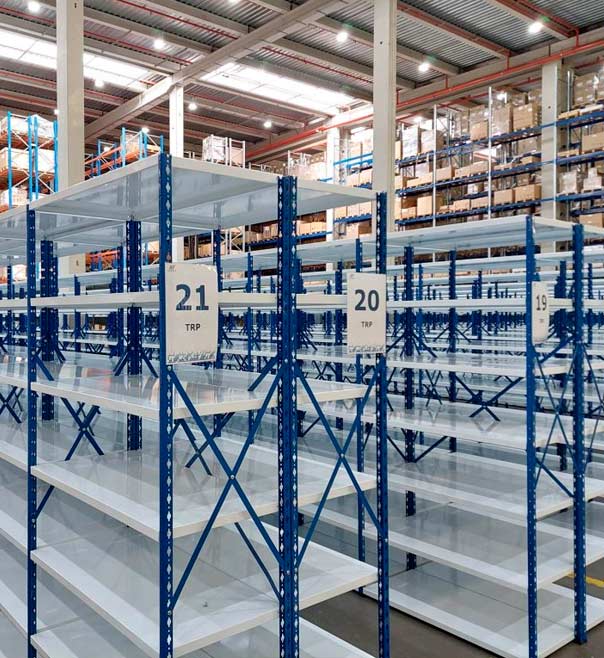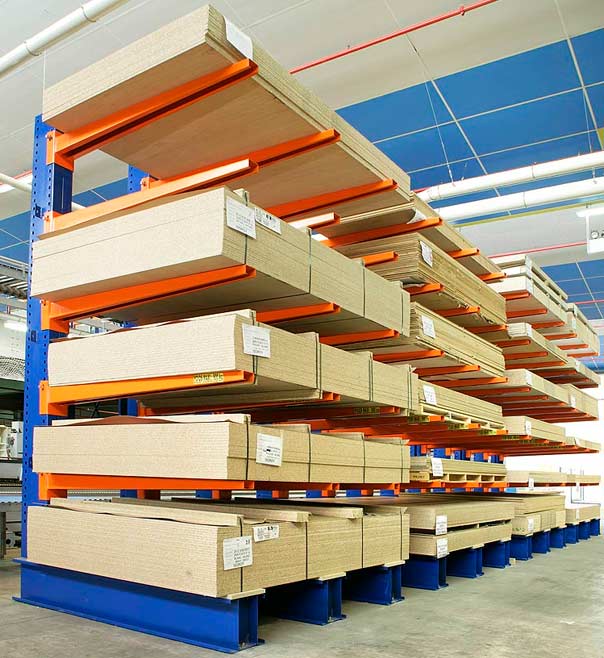Perishable products introduce further complexities in logistics and handling tasks, since the order in which they are stored and dispatched is crucial. In addition to an adequate optimization of the warehouse and the use of specific metal racks such as dynamic pallet racking, with a FIFO flow, traceability throughout the entire supply chain can avoid large economic losses due to expired or damaged products.
Passive RFID, the RFID we all know
The name RFID, an acronym for Radio Frequency IDentification, is a system consisting of labels that can be attached to any product. Each RFID tag includes a small chip that provides information about the product via radio frequency, thus uniquely identifying it.
The most common RFID is passive RFID, and that is what we have all seen when we have bought in stores, from books to groceries.
Passive RFID tags do not require a battery. When an RFID reader emits a radio frequency wave to read the tag, the energy of the wave itself is enough to power the tag’s chip. This makes passive tags very cheap, although it limits their coverage to a maximum radius of around 2-3 meters.
One step further, active and semi-passive RFID
Passive RFID has many advantages, mainly its cost and the fact that the tags do not require a battery, but it also has important limitations.
Semi-passive RFID tags do include a battery, although for radio frequency communication they still rely on wave energy from the reader, as in passive RFID.
In the case of active RFID, the tags are totally autonomous in terms of their power supply, since their battery is also responsible for powering the radio frequency communication.
Active RFID is the most versatile. Thanks to the autonomous feeding of the labels, it can extend its range even up to 100 meters. An active RFID tag can also initiate communication on its own, and even communicate with other tags directly without the need for a reader. If we add to this that temperature and humidity sensors can be integrated, active RFID becomes a system that not only identifies products, but can also constantly monitor their conditions, and communicate this information without having to unpack them.
In the case of perishable items, active RFID can check for changes in temperature and humidity that could be harmful, both during their stay on metal warehouse shelves and during transport. This is especially important for cold logistics, and particularly for sectors such as food, healthcare and pharmaceuticals.
FIFO and FEFO
Using active RFID tags, a warehouse can quickly find out both the expiration date of each product and the conditions it has gone through during its handling. In this way, in addition to using FIFO (First In, First Out) metal racks, in which the first product to be stored will be the first to be dispatched, stockage can be optimized taking into account which product will expire first, although not necessarily arrived at the warehouse earlier. What is known as FEFO (First Expire, First Out).
ATOX Storage Systems, leader in the manufacture of metal racks, designs and adapts industrial racks to the specific needs of each warehouse.










































































